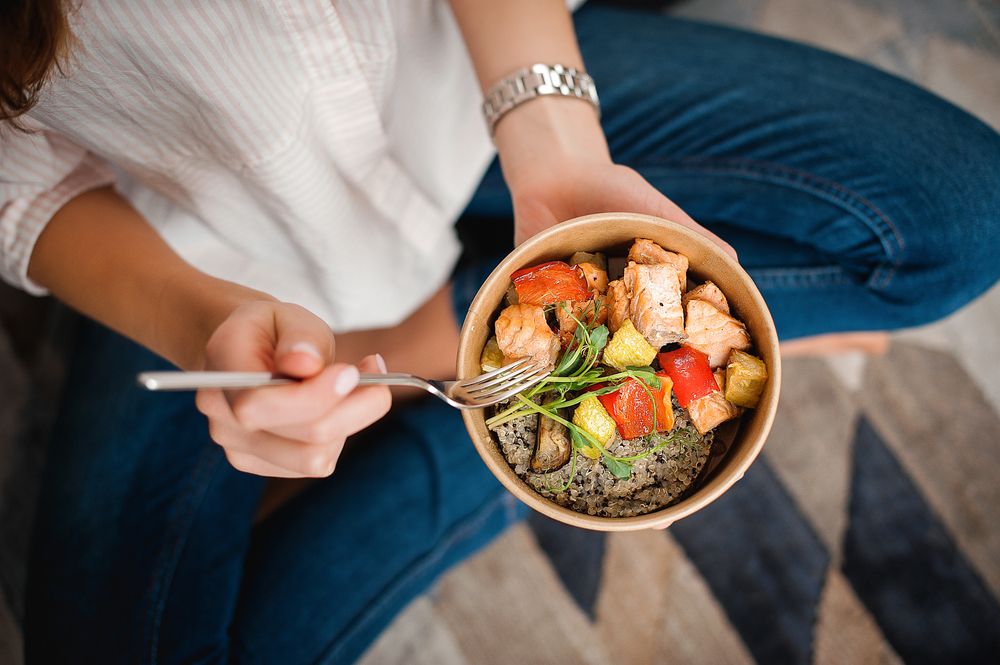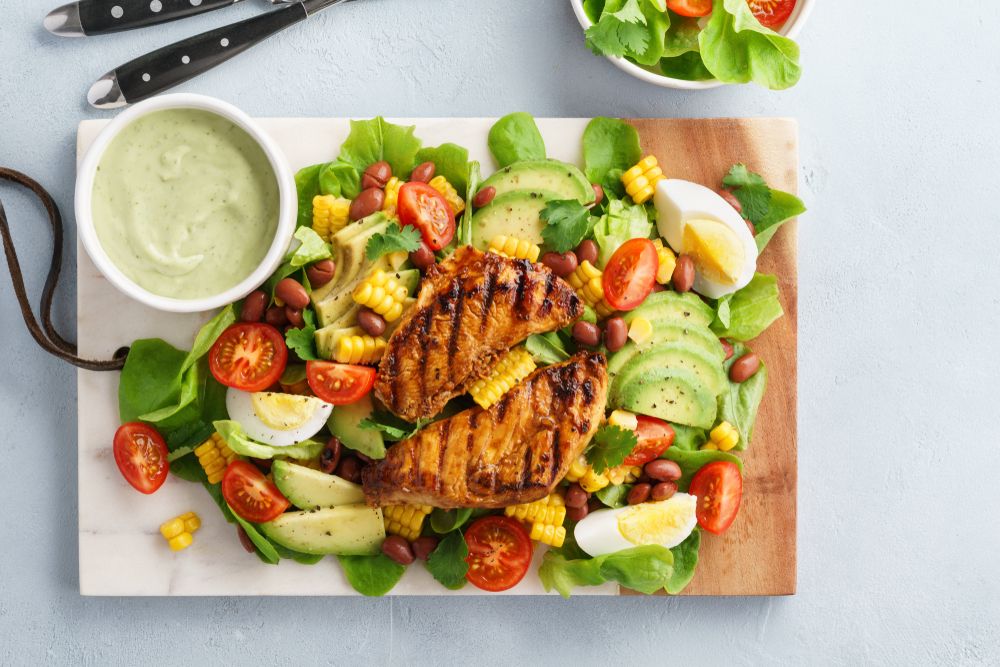
Vegetables are nutritional powerhouses, packed with essential nutrients, antioxidants, and fiber that benefit your overall health. They can improve digestion, regulate blood sugar, lower the risk of chronic diseases, and support healthy weight loss. Beyond these general advantages, some vegetables are particularly rich in nutrients that may aid in reducing belly fat.
However, it’s essential to remember that no single food can target belly fat on its own. Factors such as genetics, age, diet, and lifestyle significantly influence fat accumulation. A balanced, holistic approach is key to addressing belly fat. According to Harvard Health, strategies like regular exercise, avoiding tobacco, managing stress, and following a balanced diet low in added sugars are effective steps toward achieving your goals.
When discussing the best vegetables for reducing abdominal fat, we’re highlighting those that contain specific nutrients that may support this process. However, it’s essential to enjoy these vegetables as part of a full and balanced eating plan for the best results.
To learn more about these nutrient-packed veggies and how they can help with your goals, we consulted Trista Best, MPH, RD, LD, a registered dietitian and consultant with Balance One Supplements, and Courtney D'Angelo, MS, RD, a registered dietitian and author at Go Wellness. Keep reading to discover their insights, and for more healthy eating inspiration, don’t miss these 31 Weeknight Dinner Ideas to Kickstart a Healthy 2025.
Broccoli
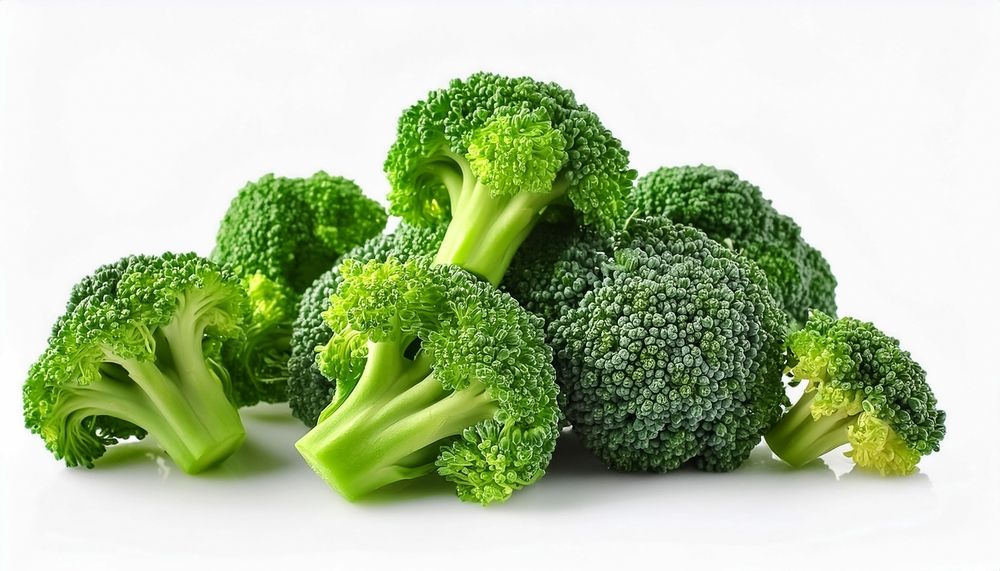
Broccoli is one of the most nutrient-dense vegetables available, making it a favorite among dietitians for managing weight, especially around the abdomen.
“This cruciferous vegetable is rich in antioxidants that help reduce inflammation in the body,” explains Trista Best, MPH, RD, LD. “The primary compound, sulforaphane, works by lowering cytokines and NF-kB, substances that drive inflammation. By reducing inflammation, the body is better equipped to release excess weight and function more efficiently in other areas.”
Research supports broccoli’s benefits for reducing belly fat. A study published in the Journal of the Academy of Nutrition and Dietetics found that regularly consuming dark green vegetables, including broccoli, kale, and spinach, helped decrease visceral fat in overweight Latino youth. The study also noted similar benefits from bright yellow and orange vegetables, such as carrots and bell peppers.
Carrots
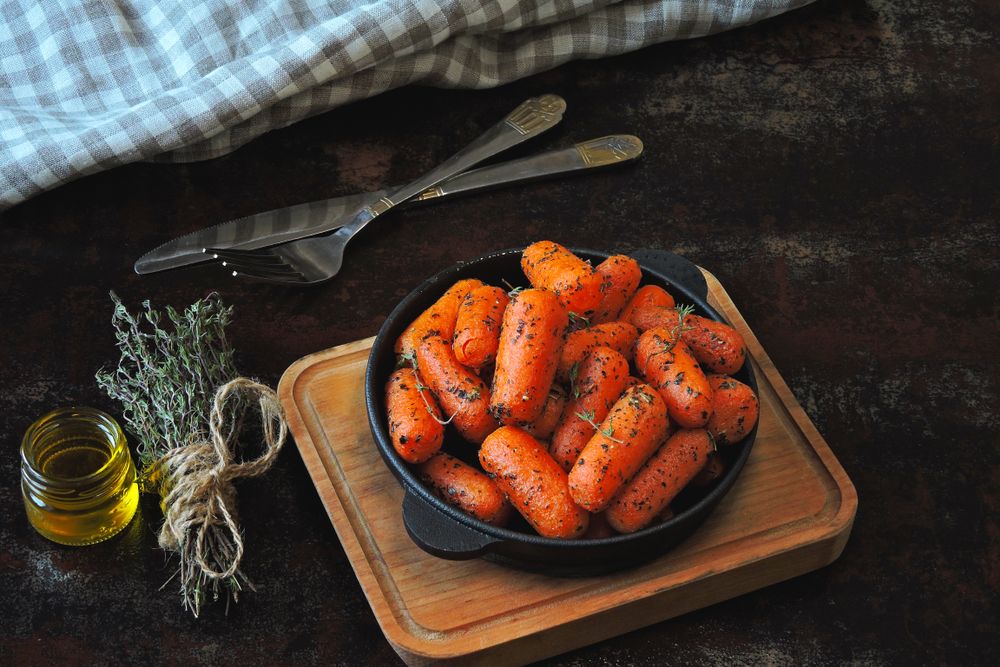
Research published in the Journal of the Academy of Nutrition and Dietetics highlighted carrots as one of the key vegetables associated with reducing belly fat. Along with broccoli, carrots were among the most commonly consumed vegetables by participants in the study.
Carrots are rich in lutein, a plant compound with antioxidant properties that research suggests may help reduce abdominal fat tissue. Additionally, carrots offer a unique benefit when consumed raw: they can boost metabolism.
“This vegetable is unique in its ability to help reduce belly fat by raising the body’s metabolism,” explains Trista Best, MPH, RD, LD. “The thermogenic effect of food (TEF) refers to the number of calories the body burns during digestion. Because of their hard texture, carrots have a high TEF, which means the body expends more calories simply by eating and digesting them.”
Lettuce
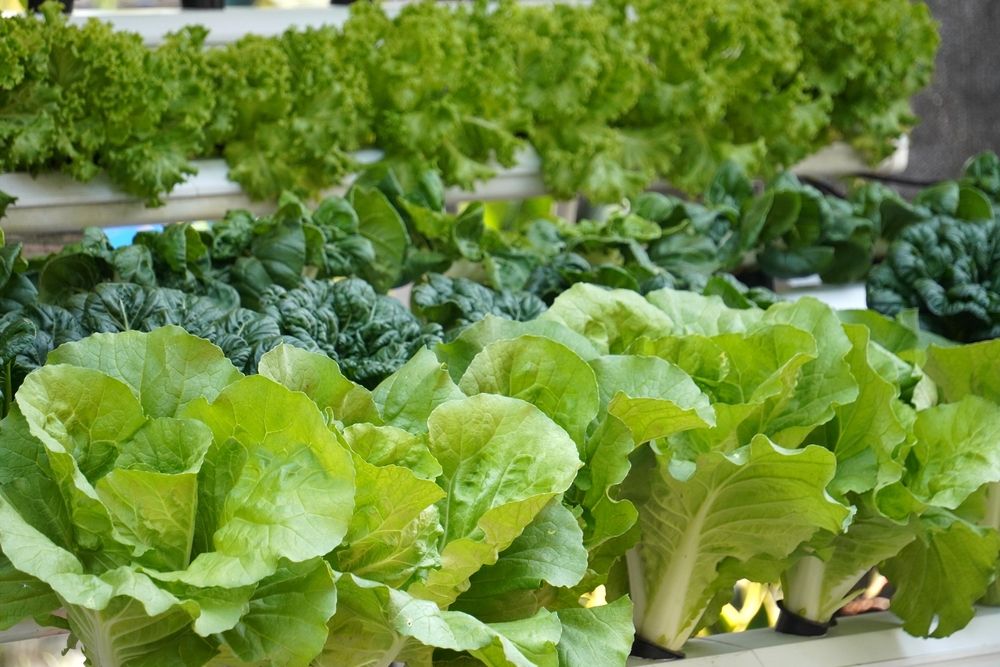
Lettuce is another vegetable packed with nutrients that may support abdominal fat loss. One key component is lutein, a plant compound shown to potentially help reduce belly fat. Lutein belongs to the carotenoid family, which includes other antioxidants like lycopene and zeaxanthin. In addition to their antioxidant benefits, some research suggests carotenoids may also aid in fat loss.
A study conducted on Japanese men with obesity found that increasing the consumption of carotenoid-rich vegetables, such as lutein-rich lettuce, helped reduce visceral fat—a type of abdominal fat stored near vital organs.
Lettuce was also highlighted in the Journal of the Academy of Nutrition and Dietetics study on Latino youth, where it was linked to reductions in abdominal fat alongside other green vegetables.
Orange & Yellow Bell Peppers
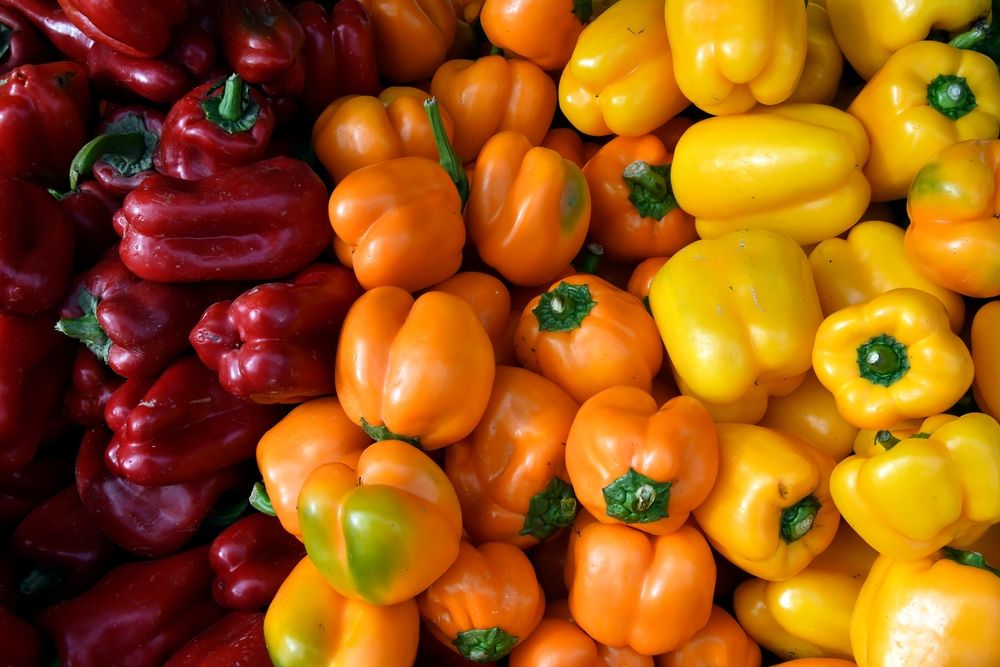
Orange and yellow bell peppers are another excellent source of lutein, the compound linked to abdominal fat loss. These vibrant and flavorful vegetables are versatile additions to a belly fat-reducing diet and can be enjoyed in a variety of dishes or simply on their own.
A study published in the British Journal of Nutrition found that pairing lutein supplementation with a low-calorie diet yielded several significant benefits. Participants experienced decreases in waist circumference, visceral fat, body weight, and overall body fat, along with lower LDL cholesterol levels. This makes lutein-rich foods like bell peppers an excellent choice for supporting weight-loss goals and improving overall health.
Beets
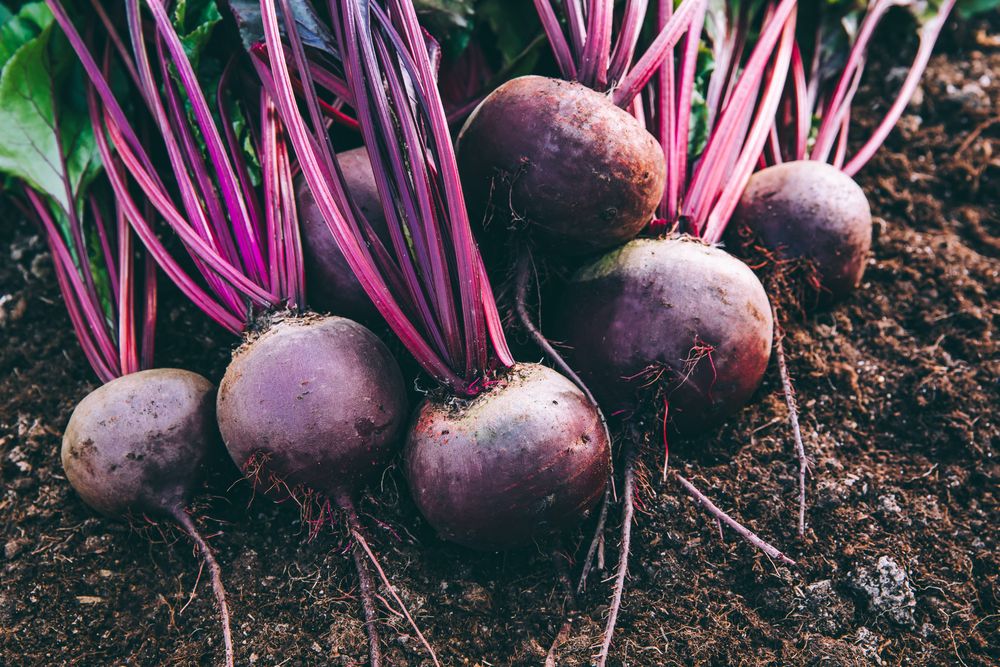
Beets often fly under the radar, but these earthy root vegetables are nutrient powerhouses that can support weight management around the stomach and even improve digestion.
Beets are particularly high in fiber, providing about 3.8 grams per cup. Consuming adequate fiber with each meal or snack is known to help reduce bloating, curb appetite, and increase feelings of fullness. Fiber also promotes a healthy gut microbiome, which is essential for maintaining or losing weight in a sustainable way.
Fiber plays a key role in reducing abdominal fat as well. A study published in the Journal of Clinical Endocrinology & Metabolism found that higher dietary fiber intake was associated with lower levels of visceral fat, making fiber-rich foods like beets an excellent choice for supporting overall and belly fat loss.
Kale
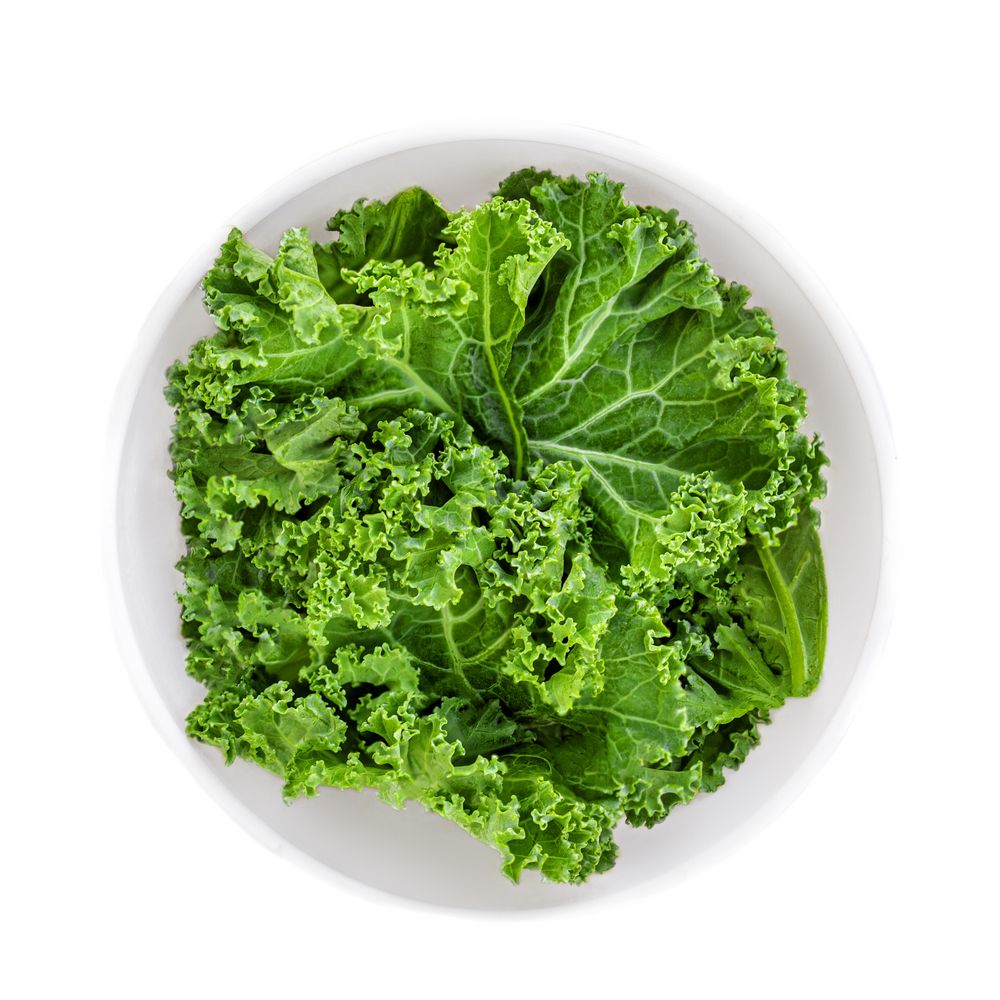
Kale is a nutrient-dense leafy green that offers a powerhouse of health benefits. It’s rich in vitamins A, K, C, and B6, as well as essential minerals like manganese, copper, and potassium. In addition, kale provides both fiber and protein, all for just about 43 calories per 100 grams.
As noted in the study on dark green vegetables and abdominal fat reduction, kale is among the veggies associated with decreasing belly fat. By incorporating more kale into your meals, you can take a step closer to achieving your goal of reducing fat around your stomach while enjoying a delicious and versatile superfood.
Spinach
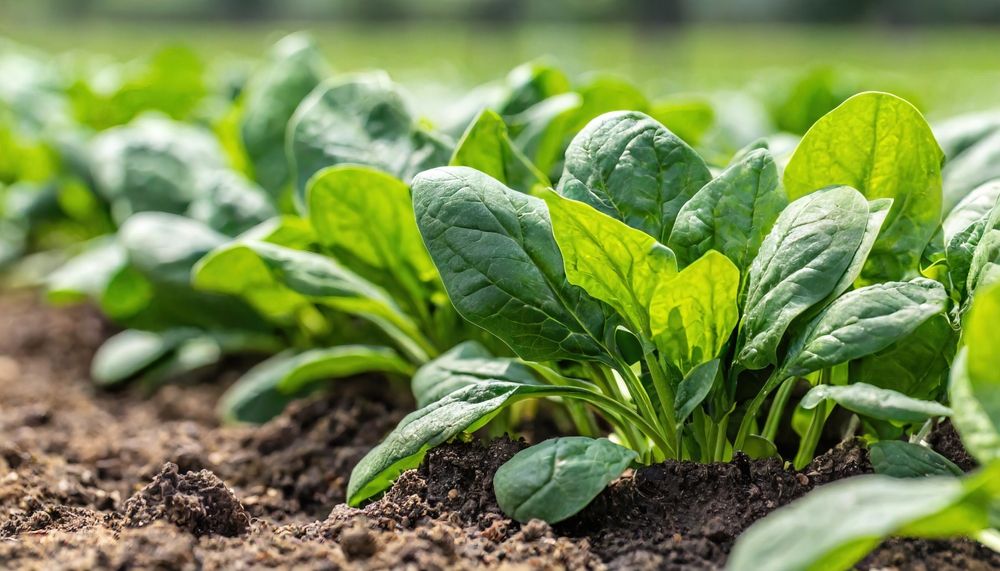
Spinach, please! This versatile leafy green is packed with nutrients and works wonderfully in salads, sautéed dishes, or even blended into a protein smoothie. According to dietitians, adding more spinach to your meals can be a helpful step in reducing belly fat.
“Leafy green vegetables are not only super nutritious, but they also help you shrink belly fat,” says Courtney D'Angelo, MS, RD. Spinach contains fiber, which supports digestion and gut health, and it’s also high in vitamin K. “Vitamin K can sometimes support the reduction of body weight, including visceral fat,” D’Angelo explains.
Red Bell Peppers
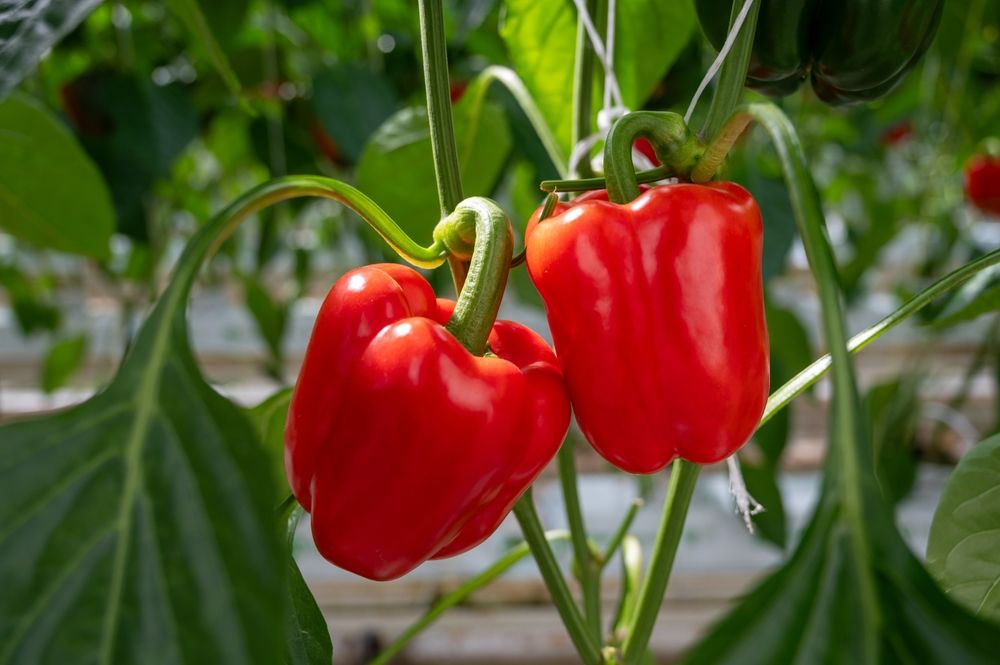
Red bell peppers are a deliciously versatile vegetable with a natural sweetness that works perfectly in stir-fries, salads, or as a topping for your burrito bowl. Beyond their flavor, they’re packed with nutrients that can support your abdominal fat loss goals.
“Bell peppers are ideal vegetables to add to a weight-loss diet,” says Trista Best, MPH, RD, LD. “They’re low in calories and high in nutrients, while also promoting a sense of fullness after meals. This combination can help prevent overeating throughout the day.”
Additionally, red bell peppers are rich in lycopene, a carotenoid with powerful antioxidant properties. As research suggests, carotenoid-rich vegetables like bell peppers may help reduce abdominal fat, making them a smart and flavorful choice for your diet.

